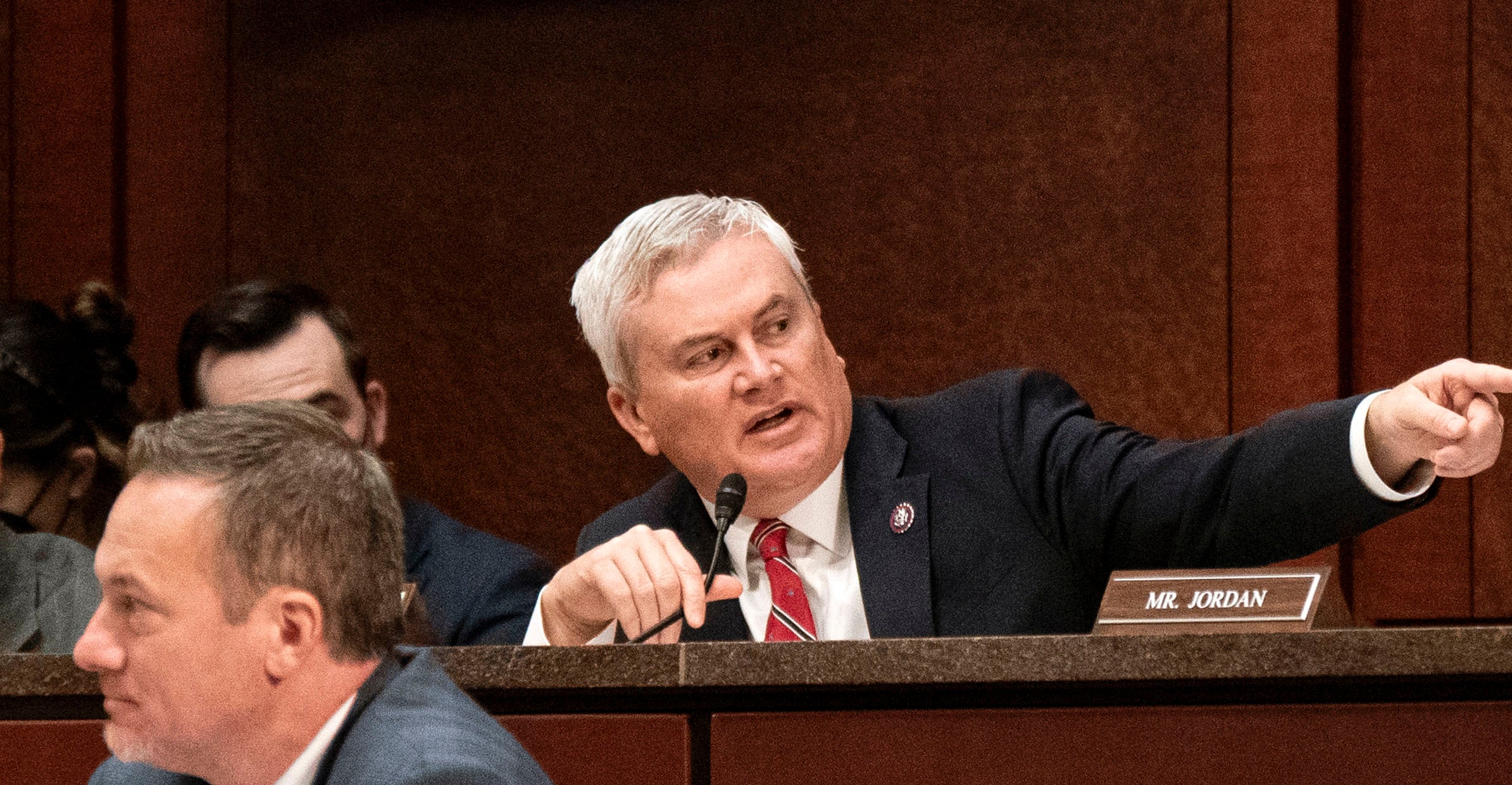


Improper payments, empty federal buildings, and fragmented disaster response are among the key drivers of waste and inefficiency in the federal government, according to the Government Accountability Office.
The GAO’s 2025 High-Risk List, “Heightened Attention Could Save Billions and Improve Government Efficiency and Effectiveness” was released Tuesday, and, among other things, it details the Federal Emergency Management Agency’s multiple problems with disaster response.
President Donald Trump has suggested closing down FEMA and transferring its authority over to the states.
Trump has also called for federal employees to return to the office. The GAO report notes that telework from home has led to costly underused buildings.
The GAO publishes a High-Risk List at the start of each new Congress to update lawmakers on the 38 areas that present a financial risk of loss of at least $1 billion to taxpayers.
The 321-page report says that this year, 10 of the 38 high-risk areas were improved; however, three regressed, and the remaining agencies had mixed results.
The areas that regressed were the management of federal property, the acquisition and management of information technology, and Defense Department weapon systems acquisitions.
The House Oversight and Government Accountability Committee is holding a hearing Wednesday on the High-Risk List. The list and the hearing take on heightened significance as Trump’s Department of Government Efficiency initiative ferrets out waste, fraud, and abuse in federal agencies.
The hearing will also feature testimony from Comptroller General Gene Dodaro.
Much waste comes from improper payments. Improper payments are defined as those the federal government should not have made or those that the government made in an incorrect amount. Not all improper payments are fraudulent, as some occur because of incompetence or bureaucracy. However, all fraudulent payments are considered improper payments.
“The areas on the High-Risk List include programs that represented about 80% of the total government-wide reported improper payment estimate,” the GAO report says. “These include two of the fastest growing programs—Medicare and Medicaid—as well as the unemployment insurance system and the earned income tax credit.”
Trump has called for federal employees to return to in-person work, in part because of the costs associated with the underutilization of federal buildings.
The GAO report also raises this concern:
“Annual maintenance and operating costs for its 277,000 buildings exceeded $10.3 billion in 2023. … Costliness and underuse of government property holdings have been exacerbated by the recent use of telework and the growing amounts of deferred maintenance, which rose from $170 billion in 2017 to $370 billion in 2024.”
The report does not take a position on Trump’s comments about granting FEMA’s authority to the states, but it does provide some details about the government’s disaster response.
“In 2024, there were at least 27 disasters with at least $1 billion in economic damage. Overall, these events resulted in 568 deaths and significant economic effects on the affected areas,” the report says.
“The federal approach to disaster recovery is fragmented across 30 federal entities,” the GAO continues. “So many entities involved with multiple programs and authorities, differing requirements, and timeframes, and limited data-sharing across entities could make it harder for survivors and communities to navigate federal programs.”
The report goes on to say the U.S. Postal Service brings in revenues of $16 billion annually, and faces $181 billion in debt and liability.
Numerous reports are not enough, and action is necessary, according to House Oversight and Accountability Chairman James Comer, R-Ky.
Comer has said he welcomes action by Trump’s Department of Government Efficiency.
“Despite the excellent reports by GAO each year, there continues to be rampant waste, fraud, and abuse across the federal government,” Comer says in prepared opening remarks for the hearing obtained by The Daily Signal. “Now, more than ever, GAO’s work tells us that we need more data, more tracking of funds, more oversight, and yes, more efficiency to know exactly where taxpayer money is going,”
“Since 2003, federal agencies have reported about $2.8 trillion in estimated improper payments, including more than $150 billion government-wide in each of the last seven years,” the report says. “These figures do not account for a full accounting of improper payments because agencies have not reported estimates for some programs, as required. For example, we found agencies failed to report fiscal year 2023 improper payment estimates for nine risk-susceptible programs.”
